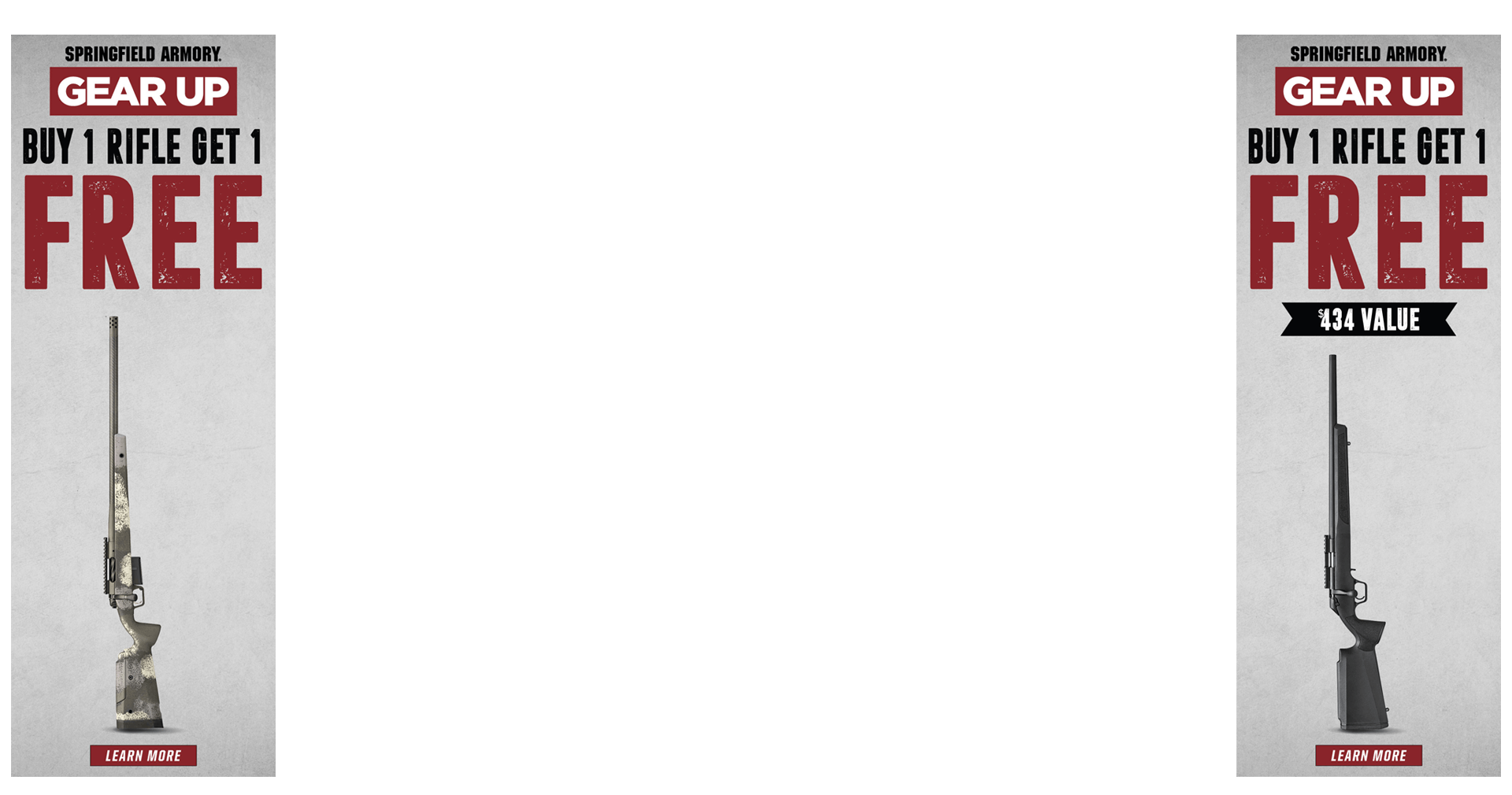When you are working up a load to find the most accurate powder charge, What accuracy do you require? Also what delta do you use between loads. I use 0.2 grains (ie 40.0, 40.2, ect).
Listed accuracy for many of the digital powder scales is ± 0.1 grains so my powder charge could be as low as 39.96 grains, or as high as 40.04 grains. Is this accurate enough for load development?
Hove two digital scales, a Frankford Arsenal Platinum (± 0.1 grains) and a Gempro 250 (± 0.02 grains).
Both of these I have to what out for temperate drift. I normally leave on for 15-.30 min before use, maybe I should leave on longer.
I also have a 45 year old Beam Balance (Brand name “Texan” – LOL). Time consuming, but I can measure down to the ¼ -> ½ grain.
Listed accuracy for many of the digital powder scales is ± 0.1 grains so my powder charge could be as low as 39.96 grains, or as high as 40.04 grains. Is this accurate enough for load development?
Hove two digital scales, a Frankford Arsenal Platinum (± 0.1 grains) and a Gempro 250 (± 0.02 grains).
Both of these I have to what out for temperate drift. I normally leave on for 15-.30 min before use, maybe I should leave on longer.
I also have a 45 year old Beam Balance (Brand name “Texan” – LOL). Time consuming, but I can measure down to the ¼ -> ½ grain.
Last edited:


